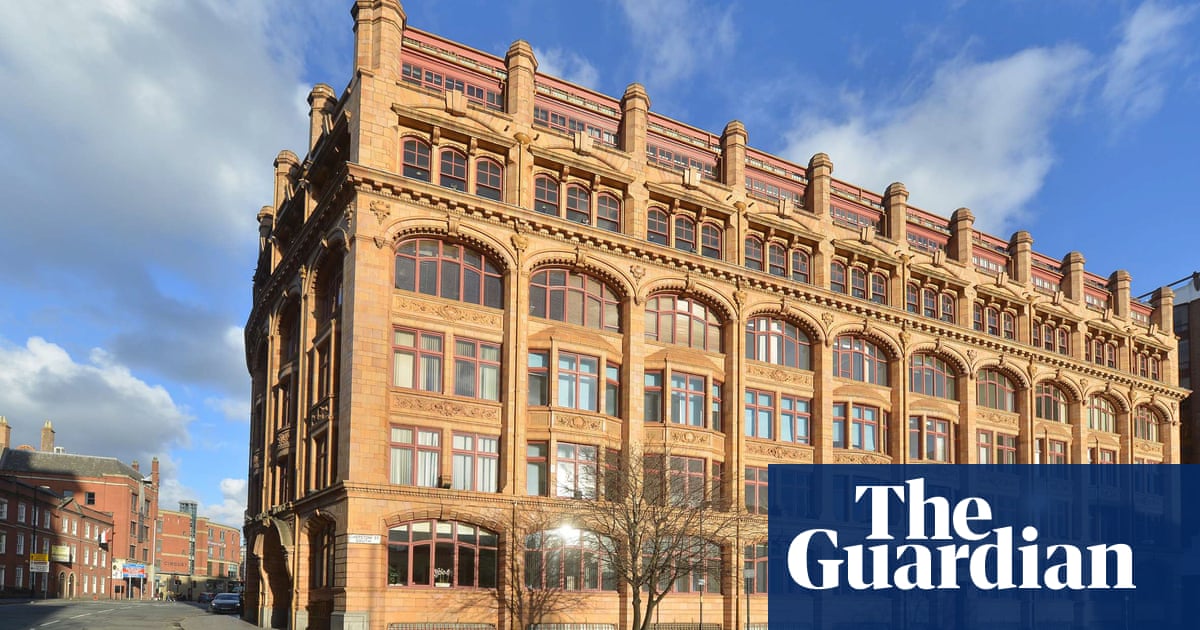
Britain’s architectural heritage is facing a “once-in-a-generation” threat, the head of one of the country’s foremost conservation groups is warning.
Joe O’Donnell, the new director of the Victorian Society, predicted that sweeping changes proposed for the planning system will encourage the demolition of old buildings at a time when heritage groups, reeling from the impact of Covid, have limited resources to protect them.
“This is a really difficult time for the Victorian Society and much of the heritage sector,” O’ Donnell said.
“We’ve lost a huge chunk of our income from having to cancel our physical events due to Covid-19. We were ineligible for any of the heritage sector coronavirus funding as we will still be trading viably by the end of this financial year. We are desperately focusing on gaining new members to balance our books at the same time as the government is proposing the biggest changes to the planning system in a generation.”
Critics fear that the rush to build, unleashed by the government’s planning reforms, will favour the construction of new buildings over the repurposing of old ones.
“Heritage is not only to be found in conservation areas,” O’Donnell said. “Unlisted forgotten Victorian and Edwardian gems can be found anywhere. Perhaps on an old industrial site or among a load of run-down shop buildings. If planning permission in principle is to be hugely extended there needs to be a proper understanding of what heritage is on sites earmarked for development, and that takes time and funding.”
O’Donnell said not only would the shift to demolition be detrimental to the country’s architectural wealth, it also ignored how converting existing buildings could play a significant role in carbon reduction and help tackle the climate crisis. Research commissioned by Historic England reveals carbon emissions can be reduced by more than 60% by 2050 as a result of refurbishing and retrofitting older properties, compared with building from new.
“In a climate emergency, planning policy should do all it can to encourage the retention and reuse of existing buildings, given the huge amount of embodied energy they represent,” O’Donnell said. “Yet the government seems to be moving in the other direction and encouraging demolition and rebuild. This is a big moment for the heritage sector. It must prove just how resilient it is by responding to these two huge challenges simultaneously.”
Protections were being eroded even before the pandemic. Between 2006 and 2018, the number of conservation specialists providing advice to councils fell by 35%, from almost 1,100 to just under 600, according to Historic England. Birmingham now has just two conservation officers.
The Victorian Society said it could cite numerous examples of cases where a stronger conservation team would have made a difference to the protection of buildings of historic importance in the city.
The society’s West Midlands caseworker, Tim Bridges, said there had been a widespread decline in conservation areas in the city. He suggested some conservation areas, including Austin Village, home to rows of pre-fabricated houses built for workers at the Longbridge car plant, could be de-designated because of ongoing issues with the erosion of their character.
“There are not enough conservation officers to deal with the issues, and a lack of will from city council to undertake enforcement,” he said.
Earlier this month, the government announced 446 heritage organisations would be receiving £103m in investment to help them through the pandemic. But O’Donnell said he was concerned that protecting the UK’s heritage was not considered a priority compared with supporting other sectors. He pointed out that nearly 15 times more people visited heritage attractions in 2016-17 than attended Premier League football matches, and that heritage provided the backdrop to the success of many of the UK’s creative industries.
“There’s no Downton without Highclere,” O’Donnell said. “No Poldark without the mines and no Peaky Blinders without the Black Country Living Museum.”












